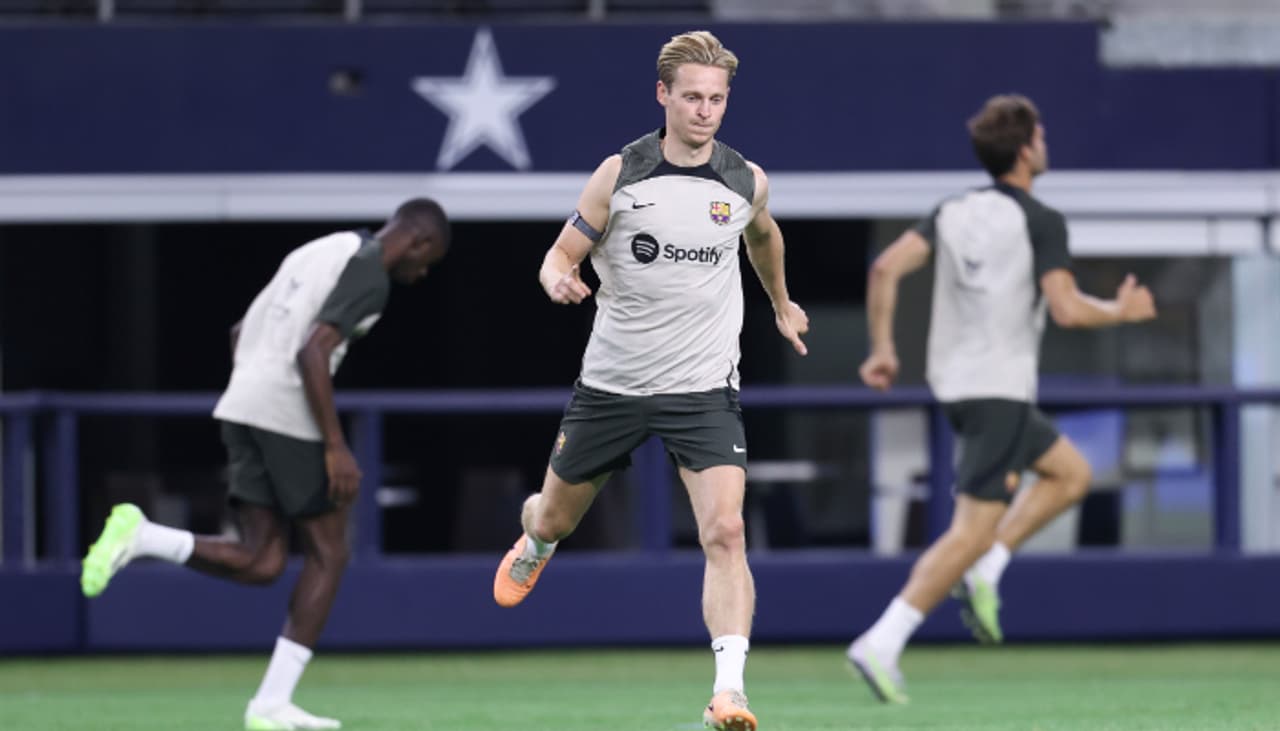Champions League: 5 Reasons Why Barcelona Could Edge Past Inter Milan
Barcelona are set to clash with Inter Milan in a tense Champions League semi-final. Here’s a balanced look at why Barca could have the edge, with Inter's weaknesses also examined.

1. Barcelona’s Midfield Press: Flick’s System Fits Perfectly
Under Hansi Flick, Barcelona’s midfield has become more dynamic and vertical. Pau Prim, Pedri, and Frenkie de Jong (now back from injury) form a technically sound triangle, with an emphasis on quick ball recovery. Since Flick took over, Barcelona average 9.8 successful high recoveries per Champions League game, the second-highest after Manchester City. Inter Milan’s midfield (Barella, Çalhanoğlu, Mkhitaryan) thrives on time and space. Deny them that, and Inter’s buildup suffers, as seen when Atlético Madrid pressed them off the pitch in the group stages.

2. Barcelona’s Youth vs. Inter’s Aging Core
Barcelona’s average starting XI age in Europe this season: 24.7 years. Inter’s: 29.2 years. While Inter have experience, their veterans like Francesco Acerbi (37), Stefan de Vrij (32), and Henrikh Mkhitaryan (36) could struggle if Barcelona turn up the tempo, especially late in games. Remember, Inter conceded twice after the 80th minute in their away leg vs. Benfica. The fitness cracks are real.
3. Barcelona’s Wings Can Stretch Inter’s 3-5-2
Inter’s system is sensitive to quick switches of play. Federico Dimarco and Denzel Dumfries are aggressive wing-backs but often leave gaps behind them. Barcelona’s wide players Lamine Yamal (17-year-old phenom, 7 assists in all comps) and Ferran Torres (8 goals in 2024) can exploit these spaces. In particular, Yamal’s dribbling (2.1 successful dribbles per UCL match) could pin Dimarco back and force Inter into a narrower shape, weakening their own transition game.
4. Tactical Smarts in Key Moments
Unlike Xavi’s more rigid 4-3-3, Hansi Flick has shown flexibility. Barcelona have already switched to 4-2-3-1 or even a 3-4-2-1 mid-game, depending on how the opponent reacts. Against Inter’s organized 5-3-2 block, this could be critical. Flick’s Bayern sides were known for overloading flanks and targeting slow defenders, something he’s now trying to replicate at Barca, especially targeting players like Darmian (not the fastest anymore).
5. Inter’s Worrying Drop in Big Away Games
Inter’s last five major away games against strong European teams:
Lost 1-2 vs. Atletico Madrid (2024)
Drew 1-1 vs. Real Sociedad (2024)
Lost 0-2 vs. Bayern Munich (2023)
Lost 1-2 vs. Liverpool (2023)
Drew 0-0 vs. Porto (2023)
Inter are a fortress at the San Siro, but away from home, especially in Spain, they tend to sit too deep and invite pressure, something that cost them even in last season's final against Manchester City. At Camp Nou, Barcelona have won 7 of their last 8 Champions League knockout games. History matters.
Stay on top of all the latest Sports News, including Cricket News, Football News, WWE News, and updates from Other Sports around the world. Get live scores, match highlights, player stats, and expert analysis of every major tournament. Download the Asianet News Official App to never miss a sporting moment and stay connected to the action anytime, anywhere.

